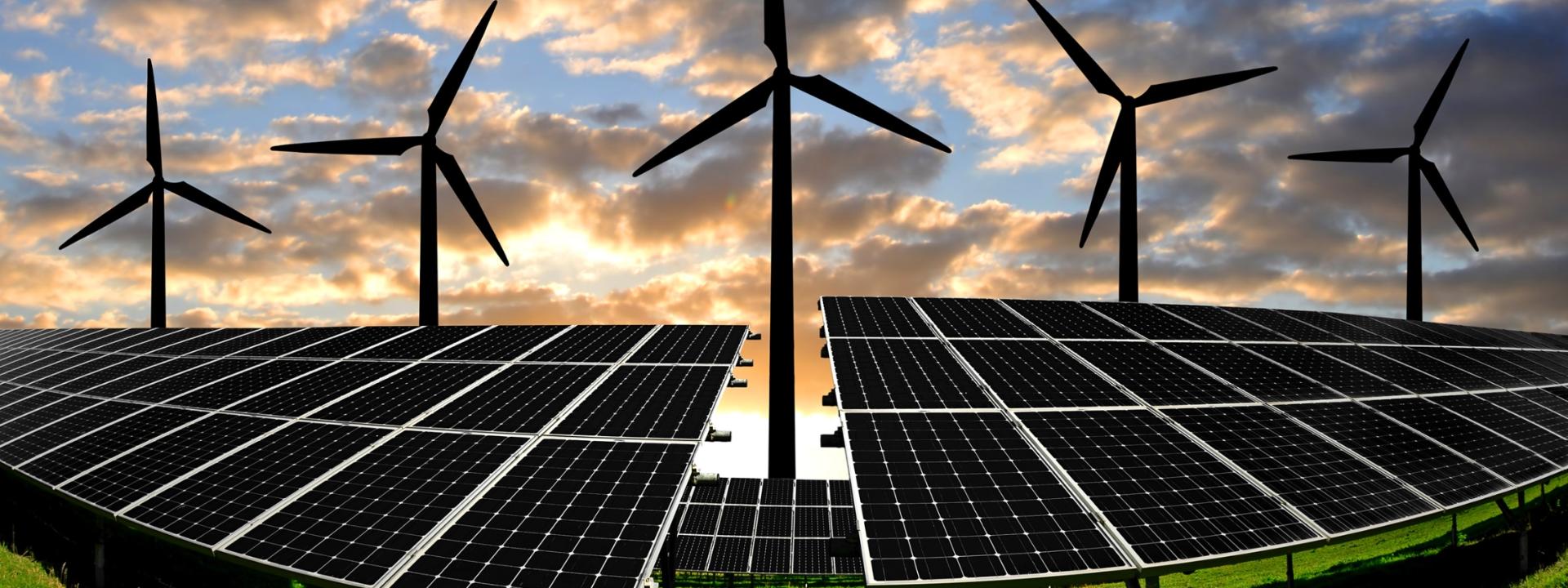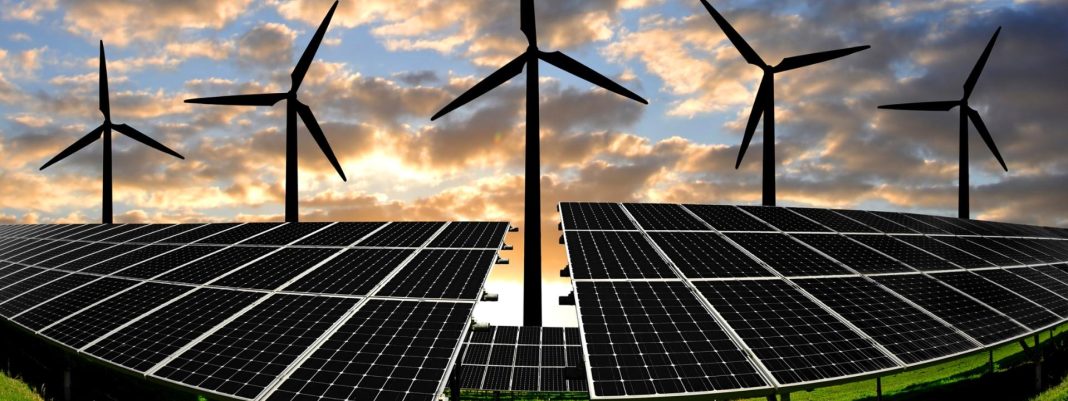 Canada’s Innovation Minister, François-Philippe Champagne, has expressed support for the Liberal-National Coalition’s nuclear policy in Australia. He suggested that Canada could assist in building power plants as Australia aims to achieve net zero emissions by 2050. Champagne emphasized the importance of energy generation in addressing the challenges of the 21st century, such as food security, energy security, and supply chain resiliency.
Canada’s Innovation Minister, François-Philippe Champagne, has expressed support for the Liberal-National Coalition’s nuclear policy in Australia. He suggested that Canada could assist in building power plants as Australia aims to achieve net zero emissions by 2050. Champagne emphasized the importance of energy generation in addressing the challenges of the 21st century, such as food security, energy security, and supply chain resiliency.
Canada has extensive experience and expertise in nuclear power, with the country’s first nuclear station operating since 1962. Currently, nuclear power accounts for 15 percent of Canada’s electricity and 60 percent of electricity produced in Ontario, the most populous province. Ontario has the cheapest electricity prices in Canada, with an average price of C$0.13 per Kilowatt-hour. In comparison, the Australian Capital Territory has the lowest electricity rate in Australia at around $0.24 per Kilowatt-hour—nearly 1.7 times higher than Ontario’s electricity price. South Australia and New South Wales have the most expensive electricity prices in Australia.
Australia is one of the three G20 countries without nuclear power, along with Saudi Arabia and Italy. While Saudi Arabia is constructing a nuclear power station, Italy imports most of its electricity from France, which heavily relies on nuclear power.
In a surprising move, Opposition Leader Peter Dutton announced the Liberal-Nationals Coalition’s plan to build seven nuclear reactors across Australia if they win the next federal election. The Coalition intends to repurpose retiring coal-fired power stations for nuclear facilities. Their plan includes developing two projects by 2035-2037 and a full roll-out in the 2040s to achieve net zero emissions by 2050.
Dutton criticized the Labor government’s renewable-only policy, stating that it is not sufficient to ensure continuous power supply for critical infrastructure such as hospitals and cold rooms. He argued that nuclear power would provide a strong baseload power necessary for a functioning economy. Tony Hooker, Director of the Centre for Radiation Research, supported Dutton’s plan, highlighting that radiation from nuclear power is safer than wind and solar energy.
In response, Prime Minister Anthony Albanese dismissed the Coalition’s plan as a fantasy and reaffirmed his government’s commitment to renewable energy. Albanese emphasized that renewables are the cheapest form of new energy and mentioned the approval of 50 major renewable energy projects across Australia. The Labor government aims to achieve 80 percent renewable electricity generation by 2030.
Foreign Minister Penny Wong expressed concerns about the Coalition’s plan, considering it a risky and expensive gamble that won’t be effective. Treasurer Jim Chalmers also argued that building nuclear power plants would take longer and cost more, leading to increased energy prices for Australians.
The debate between the Labor government and the opposition highlights the different approaches to Australia’s energy mix. While nuclear power could potentially provide cost-effective and reliable energy, the Labor government remains committed to renewable energy as a cheaper and more sustainable option. The decision on whether to include nuclear power in Australia’s energy future will have significant implications for the country’s emissions reduction goals and electricity prices.


